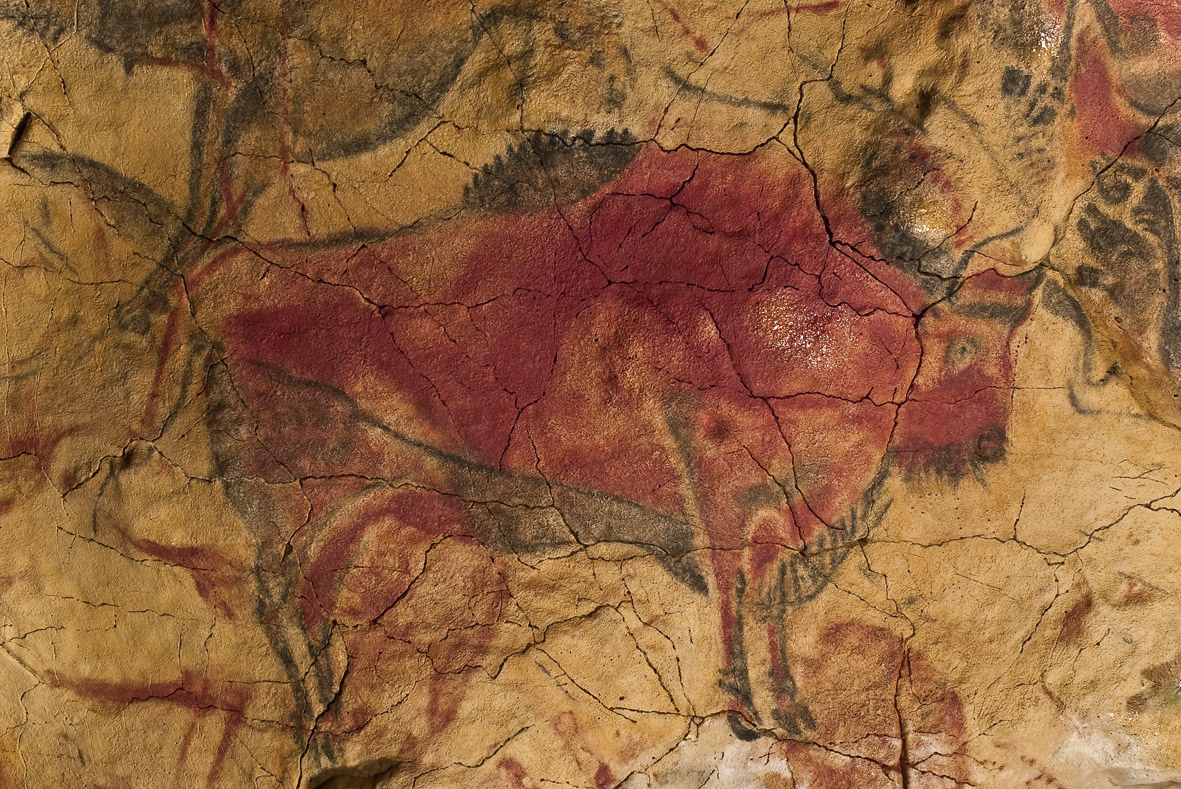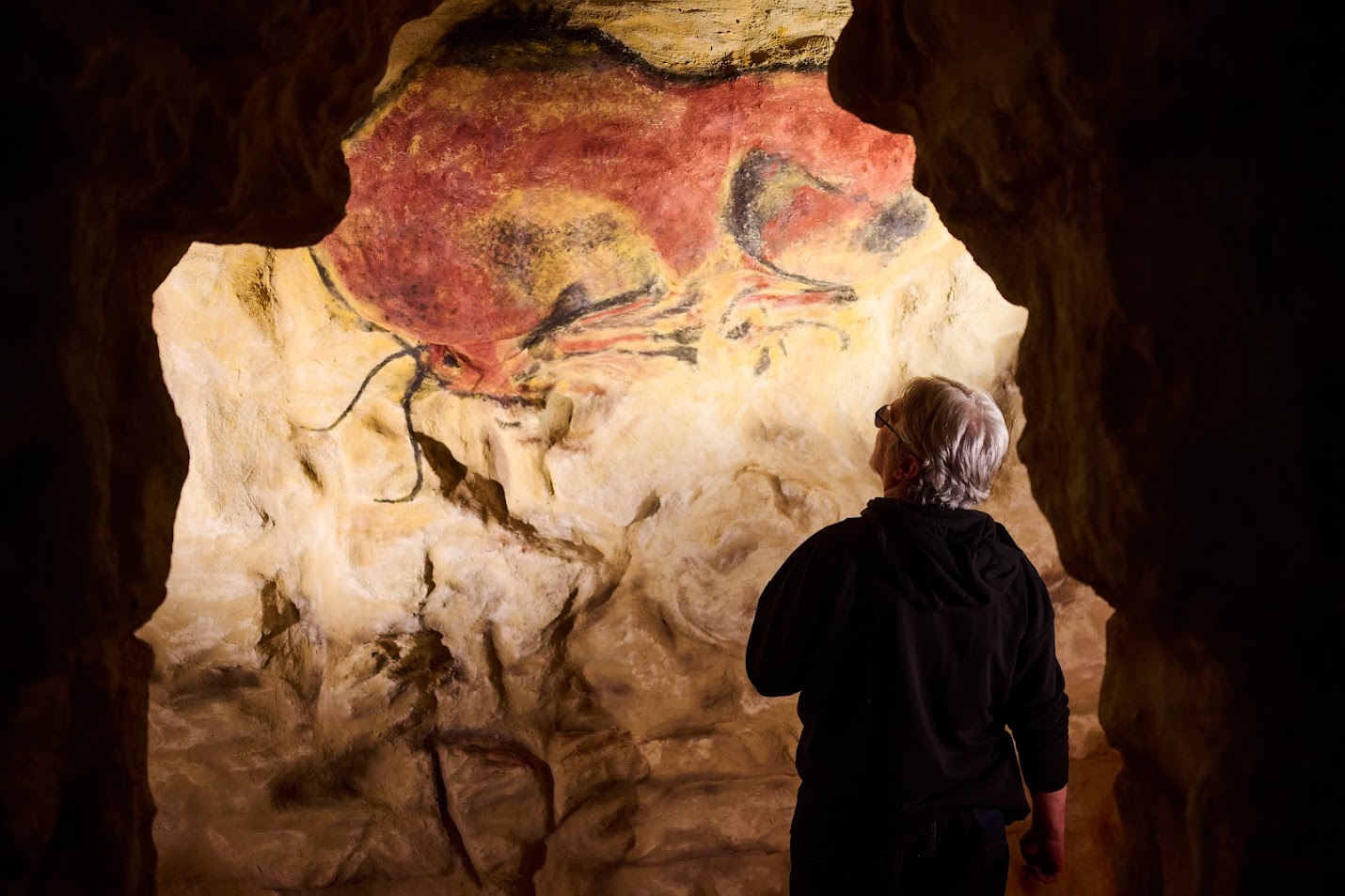
The exhibition entitled ALTAMIRA's Cave Drawings - The Beginnings of Art will be on display from January 23.Continue reading

The outstanding artistic value of the drawings in the Altamira cave in Spain and the additional information uncovered by archaeologists show that prehistoric man is strongly connected to modern people, both spiritually and in terms of desires, said Máté Vincze, Deputy State Secretary of the Ministry of Culture and Innovation, responsible for public collections, at the opening of the latest exhibition of the Hungarian National Museum.
He recalled that for a long time after the discovery of the cave paintings in 1879, it was believed that they were forgeries. Then, similar cave paintings were found in France, leading to a breakthrough in recognizing the unique drawings depicting animals in three dimensions as genuine artifacts and valuable research material.
The Altamira cave drawings demonstrate that the prehistoric people who created them possessed artistic and symbolic abilities, expressing a fundamental need for self-expression.
The exhibition includes photographic material compiled by the Altamira National Museum and Research Center, showcasing the cave explorer, the drawings in the cave, the handprints of the cave artists, and the circumstances of how the site was discovered.
The first wall paintings were created 35,000 years ago, and the last ones 13,000 years ago. Prehistoric man painted lifelike, colorful images of buffalo, mammoths, deer, and wild boar on the walls. Stone tools have also been discovered within the clay.
The traveling exhibition was previously on display in Croatia and is now at the Hungarian National Museum until June 2.
Via MTI; Featured Image: Facebook / Magyar Nemzeti Múzeum